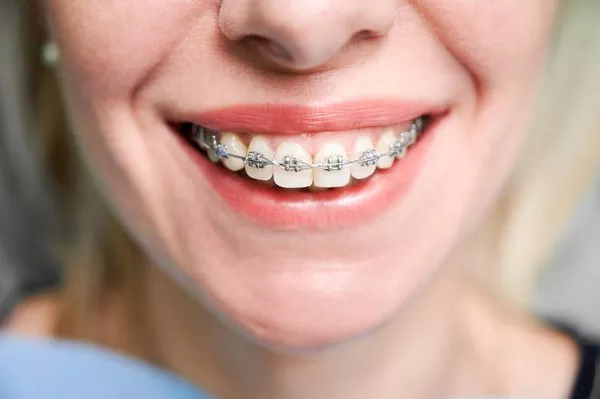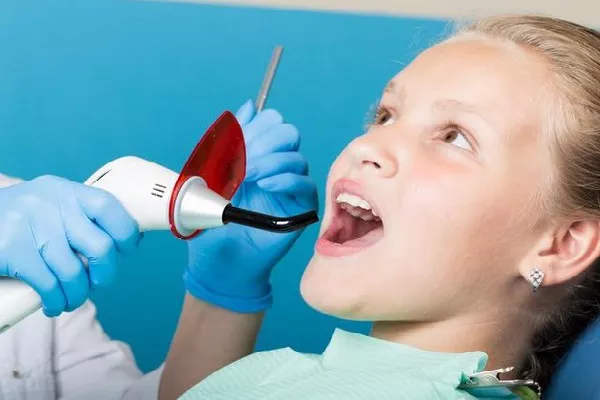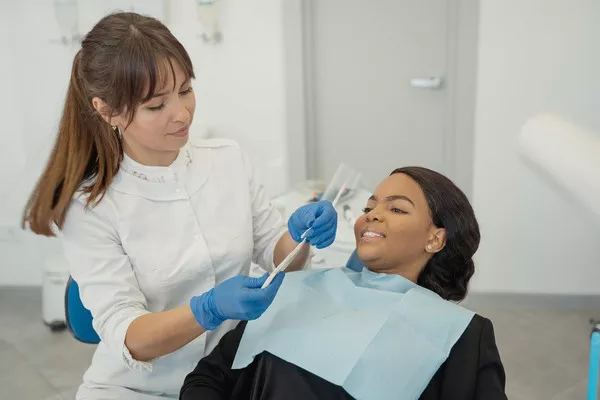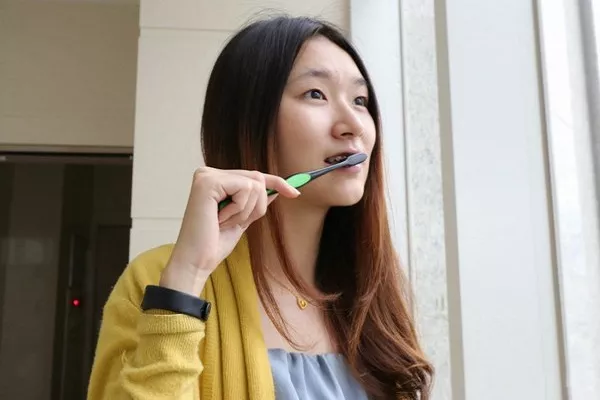Orthodontic permanent retainers are essential devices used to maintain the alignment and stability of teeth after orthodontic treatment. These thin wires are bonded to the back of the teeth, keeping them in their corrected positions. Understanding the composition and benefits of orthodontic permanent retainers can help individuals make informed decisions about post-treatment care. In this article, we will delve into the materials used to make orthodontic permanent retainers, their advantages, and essential considerations for their maintenance.
Composition of Orthodontic Permanent Retainers
Orthodontic permanent retainers are typically made from two primary materials:
a) Stainless Steel: Stainless steel is a common material used for orthodontic retainers. It is highly durable, resistant to corrosion, and cost-effective. Stainless steel retainers consist of thin wires that are custom-fitted to the back of the teeth.
b) Nickel-Titanium Alloy: Some orthodontists may use nickel-titanium alloy wires for permanent retainers. Nickel-titanium wires are more flexible and can exert gentle forces on the teeth, allowing for minor adjustments if needed.
The Bonding Process
Orthodontic permanent retainers are affixed to the teeth using dental adhesive. During the bonding process, the orthodontist will clean and dry the teeth thoroughly before applying a bonding agent to the back surfaces. The custom-made wire retainer is then carefully placed onto the adhesive and secured in place. Once the adhesive sets, the retainer becomes a fixed, discreet, and non-removable device.
Advantages of Orthodontic Permanent Retainers
Orthodontic permanent retainers offer several advantages over removable retainers:
a) Continuous Retention: Unlike removable retainers that may be forgotten or misplaced, permanent retainers provide continuous retention, ensuring that teeth remain in their corrected positions.
b) Low Visibility: Placed on the lingual (tongue-facing) side of the teeth, permanent retainers are virtually invisible from the front, preserving the aesthetics of the smile.
c) Efficacy: Permanent retainers are highly effective in preventing teeth from shifting, even when the natural aging process occurs.
d) Convenience: There is no need to remember to wear or remove the retainer since it is bonded to the teeth.
Maintenance and Care
Proper care and maintenance are crucial to ensure the effectiveness and longevity of orthodontic permanent retainers:
a) Oral Hygiene: Regular and thorough oral hygiene practices are essential. Brushing twice a day, flossing daily, and using interdental brushes help keep the retainer and teeth clean.
b) Avoid Challenging Foods: Avoid biting into hard, sticky, or crunchy foods that can damage the retainer or cause it to become dislodged.
c) Dental Check-ups: Regular dental check-ups are vital for assessing the retainer’s condition and overall oral health.
d) Night Guards: If you tend to grind or clench your teeth at night, wearing a nightguard can protect both your teeth and the retainer from damage.
e) Follow Orthodontist’s Instructions: Follow the orthodontist’s recommendations for maintenance and retainer wear to ensure the best results.
When to Remove Orthodontic Permanent Retainers
Orthodontic permanent retainers are designed to be long-lasting, but there are instances when they may need to be removed:
a) Breakage or Damage: If the retainer becomes damaged or breaks, it may need to be replaced by the orthodontist.
b) Orthodontic Treatment Adjustment: In some cases, the orthodontist may recommend removing the retainer for specific orthodontic adjustments.
c) Patient Request: If a patient wishes to switch to a removable retainer, the orthodontic permanent retainer can be removed.
Conclusion
Orthodontic permanent retainers are valuable devices used to maintain the alignment of teeth after orthodontic treatment. Composed of stainless steel or nickel-titanium alloy, these fixed retainers offer continuous retention, low visibility, and convenience. Proper care, regular dental check-ups, and adherence to the orthodontist’s recommendations are essential for the long-term effectiveness of permanent retainers. By understanding the composition and benefits of orthodontic permanent retainers, individuals can make informed decisions about their post-treatment care, ensuring a stable, healthy, and beautiful smile for years to come.
Related Topics:
































